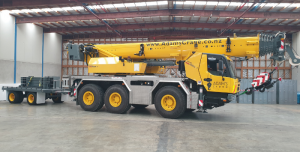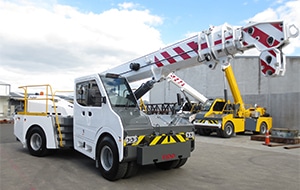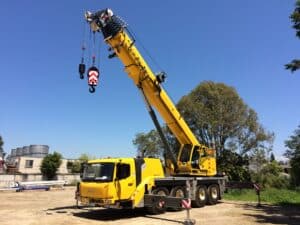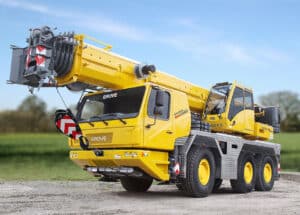The Physics Behind Different Types Of Cranes
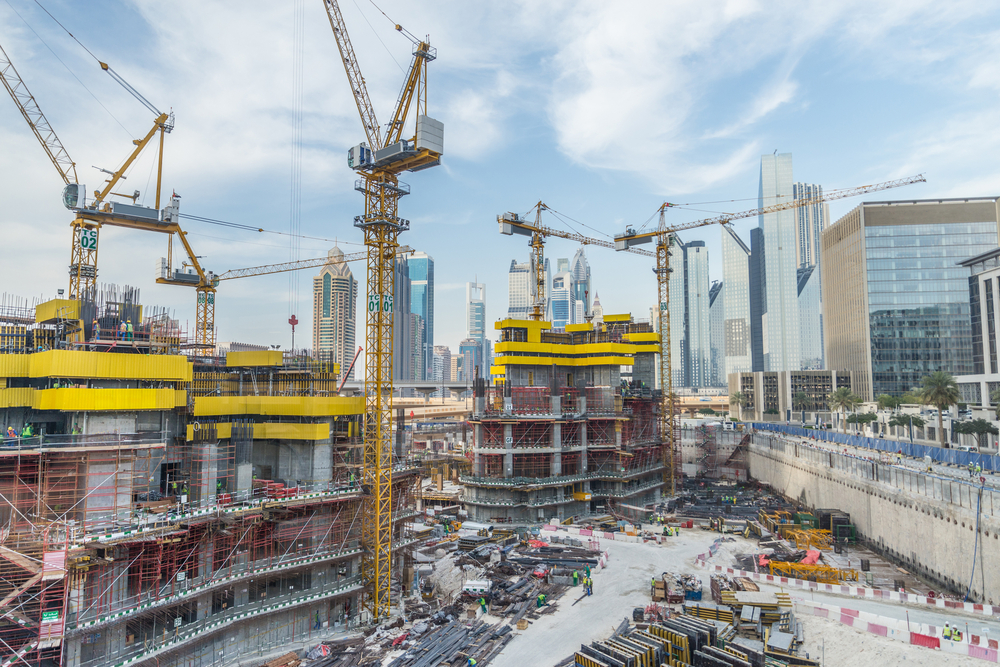
Lots of tower cranes build large residential buildings - Construction site
A crane is a complex piece of machinery that takes knowledge and experience to operate safely. There are multiple different types of cranes, each specialised for different scenarios and environments. With each unique crane, there are physics that apply to them that will apply to all types of cranes but in slightly different ways depending on the type of crane.
Counter Weights on Crawler cranes
A crawler crane is a type of mobile crane that is typically used in heavy construction and engineering projects. They are typically used to lift heavy loads and to move them around a construction site.
One of the most distinctive features of a crawler crane is its counterweights. These are typically large blocks of concrete or metal that are attached to the back of the crane. The counterweights help to balance the crane and to keep it stable when it is lifting heavy loads.
The physics behind the counterweights is relatively simple. The counterweights are used to offset the weight of the load that the crane is lifting. The heavier the load, the more counterweight is required.
The counterweights also help to keep the crane from tipping over. When the crane is lifting a heavy load, the counterweights help to distribute the weight evenly. This prevents the crane from tipping over and ensures that the load is lifted safely.
Overall, the counterweights are an essential part of the crane. Without them, the crane would be unable to lift heavy loads safely. The counterweights help to make the crane stable and to prevent it from tipping over.
Outrigger pads on All-terrain cranes
When an all-terrain crane is in use, its outrigger pads are placed on the ground to provide support and stability. The physics behind this is based on the principle of moments.
An outrigger pad is a large, flat pad that is placed under the crane’s outrigger feet. The outrigger feet are the four feet that are located at the corners of the crane’s base. The outrigger pads are usually made of steel or concrete.
When the crane is in use, the outrigger pads are placed on the ground. The weight of the crane is then transferred to the outrigger pads. The outrigger pads distribute the weight of the crane evenly on the ground. This prevents the crane from tipping over.
The size of the outrigger pads is important. If the outrigger pads are too small, the crane will not be stable. If the outrigger pads are too big, the crane will be difficult to move.
The physics behind outrigger pads are based on the principle of moments. The principle of moments states that the sum of the moments about a point must be zero for the object to be in equilibrium.
In this case, the point is the centre of gravity of the crane. The weight of the crane creates a moment about the centre of gravity. This moment is counteracted by the moments created by the outrigger pads.
The outrigger pads must create a moment that is equal in magnitude but opposite in direction, to the moment created by the weight of the crane. This will ensure that the crane is in equilibrium and will not tip over.
Wind effect on Tower cranes
The pressure of wind is more important than its speed when it comes to the forces it exerts on a tower crane’s load. Wind pressure increases drastically as wind speed does; for example, when the wind speed doubles, the wind pressure quadruples.
As such, even small increases in wind speed can cause severe threats to the safe performance of a tower crane, particularly in the lower atmosphere where wind speed increases as height increases.
When a tower crane is not in use, the crane must be angled correctly into the wind. This safety pre caution ensures that the crane is streamlined and wind can pass over the crane more smoothly than if the crane was angled side on to the wind.
Conclusion
These are just some of the physics behind different types of cranes and how these construction machines aid in developing the modern world. Cranes are complex pieces of machinery and take special knowledge and skills to operate them safely and effectively.

